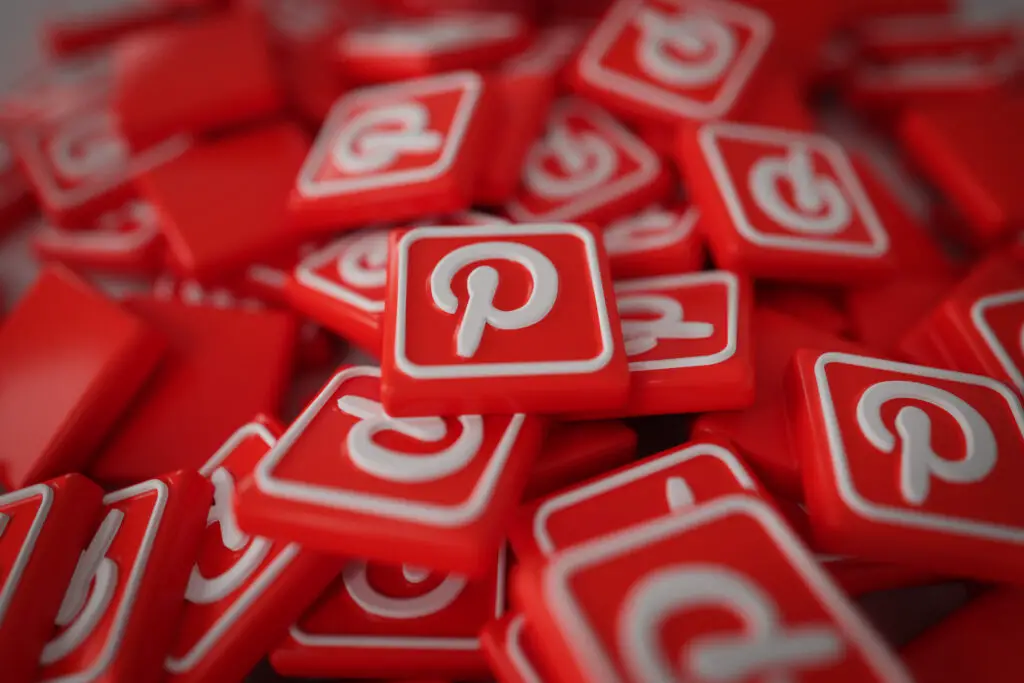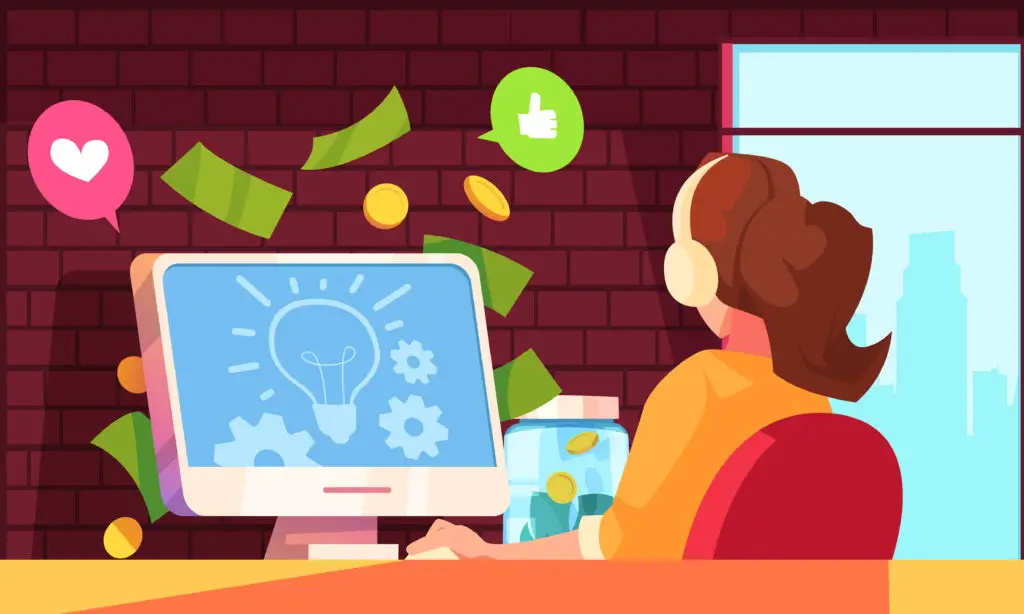Pinterest is more than just a platform for inspiration—it’s a powerful tool for making money online! Whether you are a complete beginner or looking for ways to scale, Pinterest offers multiple income opportunities. In this guide, we’ll walk you through how to make money on Pinterest for beginners, including strategies that don’t require a blog, and how to make money with affiliate marketing. If you don’t know How to Make Money on Pinterest this blog post will help you.
Table of Contents
Why Pinterest Is a Great Money-Making Platform?
Because Pinterest has over 400 million active users who search for ideas, products, and services every day. Unlike social media platforms that focus on engagement, Pinterest acts as a visual search engine, making it an excellent place for passive income. The best part? You don’t need to be a marketing expert to start earning.
8 Proven Ways on How to Make Money on Pinterest

1. Selling Your Physical Products
If you have an online store or handmade business, Pinterest can drive massive traffic to your shop. By optimizing product pins with SEO-friendly descriptions, hashtags, and rich pins, you can attract buyers actively searching for products like yours. You can also use Pinterest’s Shopping Ads to reach a broader audience and boost conversions. Creating visually appealing product images and engaging descriptions can make a significant difference in attracting customers.
Additionally, linking your Pinterest profile to an e-commerce platform like Shopify, Etsy, or WooCommerce can help streamline the sales process. By utilizing group boards, collaborating with influencers, and leveraging Pinterest Trends, you can further enhance your reach. Consistently pinning your products and engaging with your audience can increase conversions and build brand recognition over time.
Advantages:
- Direct access to high-intent buyers.
- Increased brand visibility and organic traffic.
- A long-term strategy for growing an e-commerce business.
Disadvantages:
- Requires inventory management and shipping logistics.
- Needs an effective marketing strategy to stand out.
2. Monetizing Your Blog
If you have a blog, you can use Pinterest to generate traffic and monetize through ads, sponsored posts, or affiliate links. High-quality blog posts with catchy pins can go viral, bringing in passive income over time. You can also leverage email marketing by capturing leads from Pinterest visitors and nurturing them with valuable content and product recommendations.
To maximize blog monetization through Pinterest, focus on creating evergreen content that remains relevant over time. Using engaging infographics and long-form guides will help your pins perform better in search results. Additionally, using Tailwind Tribes or scheduling tools can ensure consistent pinning, keeping your content in front of a larger audience.
Advantages:
- Increases website traffic and ad revenue.
- Long-term income potential.
- Helps build an engaged audience over time.
Disadvantages:
- Requires consistent content creation.
- Success depends on SEO and engagement.
- Can take time to see significant results.
3. Selling Digital or Physical Products
Ebooks, courses, printables, and templates are highly profitable on Pinterest. Many users are looking for useful resources, and Pinterest is the perfect platform to showcase your digital products. Platforms like Gumroad, Etsy, or Shopify allow you to set up an online store and integrate Pinterest for traffic.
To improve sales, create high-converting landing pages and offer freebies to capture emails. Freebies like mini-ebooks or printable templates can help build an audience that’s willing to buy your full digital product. Use rich pins to provide additional details about your products and build trust with your audience.
Advantages:
- No need for inventory or shipping for digital products.
- High-profit margins.
- Automated income with evergreen products.
Disadvantages:
- Requires effort in product creation.
- Competition can be high.
- Marketing skills are needed to stand out.
4. Brand Partnerships

If you have a strong Pinterest presence, brands may pay you to promote their products. This can be done through sponsored pins, collaborations, or product reviews. To attract brands, create high-quality content in a niche, grow your follower base, and engage with your audience regularly.
To successfully secure brand partnerships, you should build a strong personal brand and demonstrate engagement through analytics. Brands look for influencers who can drive conversions, so tracking your metrics, such as saves, clicks, and impressions, can make your profile more attractive to potential partners. Engaging with brands directly and pitching collaboration ideas can also help land sponsorship deals.
Advantages:
- High-income potential with established brands.
- Can be combined with other monetization methods.
- Builds authority in your niche.
Disadvantages:
- Requires building an engaged audience first.
- May take time to attract brand deals.
- Must comply with disclosure regulations.
5. Pinterest Affiliate Content
One of the easiest ways to earn money is through affiliate marketing. By pinning images that link to affiliate products, you earn a commission when someone makes a purchase through your link. This is an excellent method for how to make money on Pinterest without a blog. To succeed, choose high-converting affiliate products, create visually appealing pins, and use keyword-rich descriptions.
To increase your affiliate earnings, you can create multiple pins for the same product using different designs and keywords. This strategy increases the chances of your affiliate pins being discovered by users. Additionally, joining high-paying affiliate programs and promoting in-demand products will improve your earnings over time.
Advantages:
- No need for a website or blog.
- Passive income potential.
- Works for a variety of niches.
Disadvantages:
- Pinterest has strict rules on affiliate links.
- Requires high-quality, engaging pins.
- Income can be inconsistent.
6. Pinterest Creator Fund

Pinterest offers a Creator Fund to support content creators who produce engaging and original content. If you consistently create idea pins, videos, and unique visual content, you can apply for this program to earn money directly from Pinterest. The more engaging and high-quality your pins are, the higher your chances of being accepted into the fund.
Another way to maximize earnings is by using Pinterest’s paid partnerships feature, which allows creators to collaborate with brands while earning from Pinterest. If you focus on a niche with high engagement, this can become a lucrative income source.
Advantages:
- Direct payments from Pinterest.
- Encourages content creation without needing a product.
Disadvantages:
- Requires high engagement and consistency.
- Not everyone qualifies for the program.
7. Offering Pinterest Management Services
If you’re skilled at Pinterest marketing, you can offer management services to businesses and bloggers. Many brands want to leverage Pinterest’s traffic but don’t have the expertise to do so effectively. You can help them create optimized pins, run Pinterest ads, and grow their audience for a fee.
Freelancing platforms like Fiverr and Upwork are great places to find clients. Building case studies and testimonials from happy clients will help you attract more business over time.
Advantages:
- High-income potential.
- No need to create your own products.
Disadvantages:
- Requires expertise in Pinterest SEO and marketing.
- Time-intensive to manage multiple accounts.
8. Running Pinterest Ads for Businesses
Pinterest Ads allow businesses to reach a larger audience quickly. If you have experience with ad management, you can offer Pinterest advertising services to help brands run effective campaigns. This includes setting up targeted ads, optimizing bid strategies, and analyzing results for better conversions.
Companies are willing to pay high rates for successful ad managers. If you understand audience segmentation and keyword targeting, you can generate significant income by offering this as a service.
Advantages:
- High demand for ad specialists.
- Helps businesses scale quickly.
Disadvantages:
- Requires expertise in ad management.
- Ad budgets can be unpredictable.
Conclusion
Making money on Pinterest is achievable with the right strategies. Whether you choose to sell products, monetize a blog, promote affiliate links, or offer services, Pinterest provides a wide range of income opportunities. Success requires consistency, quality content, and an understanding of Pinterest SEO. With dedication and smart tactics, you can turn Pinterest into a profitable income stream. Now you know the best ways on How to Make Money on Pinterest and start earning money.
FAQs
1. How to Make Money on Pinterest without a blog?
Yes! You can earn through affiliate marketing, selling digital products, brand collaborations, and Pinterest Creator Fund without needing a blog.
2. How long does it take to start making money on Pinterest?
Results vary depending on strategy and consistency. Some users see earnings within a few months, while others take longer to build a profitable presence.
3. Do I need a large following to make money on Pinterest?
Not necessarily. Pinterest is search-based, so even with a small following, well-optimized pins can reach thousands of users.
4. Can I use Pinterest for affiliate marketing?
Yes! Pinterest allows affiliate links, but you must follow their guidelines and disclose affiliate relationships.
5. Is Pinterest still profitable in 2024?
Absolutely! With consistent effort, Pinterest remains a great platform for generating traffic and income through multiple monetization methods.
Also Read:
- How to Make Money as a Stay-at-Home Mom in 2025
- How to Build an Ultimate Personal Brand on Social Media in 2025
- 11 Best Proven Ways to Make Money Online
- How to Sell Digital Products in 2025: A Complete Guide
- How To Successfully Make Money from YouTube in 2025: 7 Simple Strategies
- How to Make Money Online for Beginners: 7 Steps to Avoid Failing in Affiliate Marketing
- 10 Secret Websites to Make Money in 2025





6 Responses
Your point of view caught my eye and was very interesting. Thanks. I have a question for you.
I don’t think the title of your article matches the content lol. Just kidding, mainly because I had some doubts after reading the article.
Thank you for your sharing. I am worried that I lack creative ideas. It is your article that makes me full of hope. Thank you. But, I have a question, can you help me?
Your article helped me a lot, is there any more related content? Thanks!
Your article helped me a lot, is there any more related content? Thanks!
Thank you for your sharing. I am worried that I lack creative ideas. It is your article that makes me full of hope. Thank you. But, I have a question, can you help me?